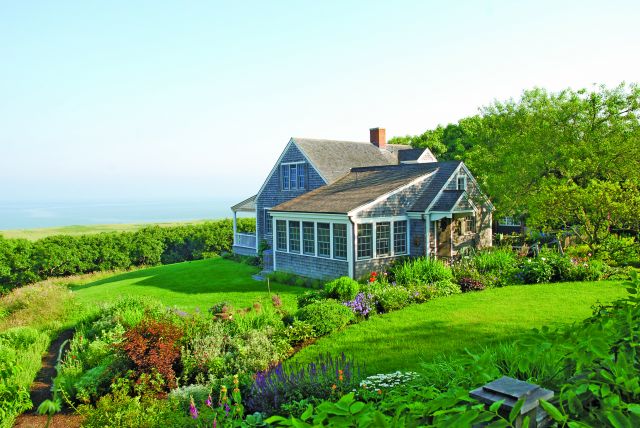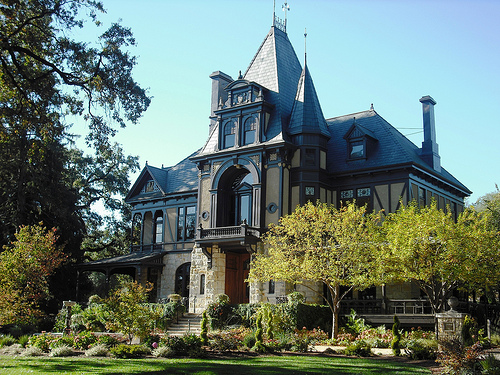
The Napa Wine Auction weekend starting on May 31, 2012 –June 3, 2012 is the kickoff season event in the Napa Valley. With the sights of spring bring out the beautiful vineyard landscapes in the Napa Valley. The spring home buying season looks bright. If activity in St Helena, Napa & Calistoga is sustained near present levels, existing-home sales will see their best performance in five years. Now is the time to list your home as sales in St Helena, Calistoga and Napa are selling quickly. There is a limited inventory right now so finally it’s a seller’s market again. Home prices are coming back up in the valley. St Helena’s median home price is $745,000 and the land median being at $3,950,000. Like all statistics, those can be looked at in more than one way. We know that some numbers are more reliable than others. This particular index is based on an unusually large sample: about 20% of all transactions for existing home sales. It’s a forward-looking indicator: in the past, it has signaled coming trends before they materialize. This index seldom produces a straight line of activity because of seasonal and monthly ups and downs, but this time a trend is evident that is notably above the pattern from a year ago.
St Helena & Napa home sales patterns are not invariably tied to national trends — but they aren’t impervious to them, either. So we are pleased when our own impression that the spring market is looking up is borne out by the experts who deal in the broader picture. Based on all of the factors in the current market expect to see sales rising 7 to 10 percent in 2012.
Real estate is a famously local phenomenon, and although we keep an eye on the national and state markets, our real attention is always centered right here in St Helena. If you have questions about your own real estate outlook, call me anytime for a consultation focused on your neighborhood.





